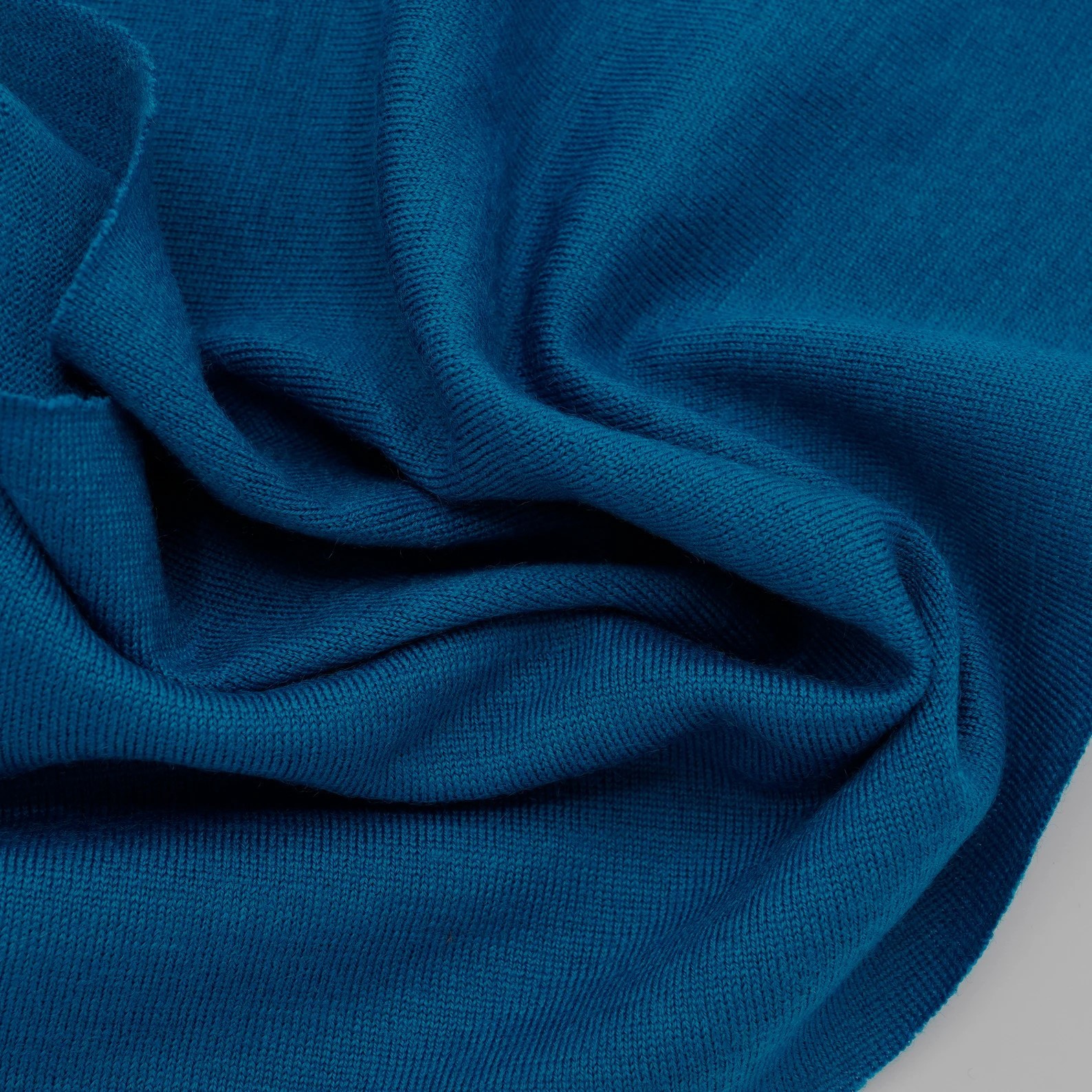 Esperanto
Esperanto
 Shqiptare
Shqiptare
 Euskara
Euskara
 Zulu
Zulu
 Latinus
Latinus
 Cymraeg
Cymraeg
 தமிழ்
தமிழ்
 Slovak
Slovak
 Slovak
Slovak
 Afrikaans
Afrikaans
The Essential Guide to Sportswear Cloth Materials: Understanding Moisture-Wicking Fabrics
Release time:
2025-05-23
Source:
Moisture-wicking fabrics are designed to pull sweat away from the skin and facilitate its evaporation. This property is particularly beneficial during intense physical activities, where excessive perspiration can lead to discomfort and even distraction. By utilizing advanced textile technology, moisture-wicking materials help maintain a dry and comfortable experience, crucial for peak performance.
Common materials used in moisture-wicking sportswear include polyester, nylon, and blends that incorporate spandex for added stretch. Polyester, for instance, is lightweight, durable, and has excellent moisture management properties. It dries quickly, making it ideal for athletes who need to stay dry during long training sessions or competitions. Nylon, on the other hand, is known for its strength and resilience, offering a soft feel against the skin while still providing effective moisture-wicking capabilities.
Another important aspect to consider when discussing sportswear cloth materials is breathability. Fabrics that allow air circulation help regulate body temperature during physical exertion. This is particularly vital in high-intensity sports, where overheating can hinder performance. Many moisture-wicking fabrics feature mesh panels or perforations that enhance breathability, allowing for greater airflow and improved comfort.
In addition to moisture management and breathability, the choice of fabric can also influence the garment's weight and stretchability. Lightweight materials not only enhance mobility but also reduce the overall weight of the clothing, which is advantageous for athletes who require freedom of movement. Stretchable fabrics, such as those containing spandex, are essential for flexible sportswear, enabling a full range of motion without restrictions.
As the sportswear market continues to evolve, the demand for innovative fabrics that offer superior performance characteristics is on the rise. Brands and manufacturers are increasingly investing in research and development to create textiles that not only perform well but also provide additional benefits, such as UV protection and antimicrobial properties.
In conclusion, understanding the various sportswear cloth materials, particularly moisture-wicking fabrics, can greatly enhance your athletic experience. By choosing the right material, athletes can ensure they stay dry, comfortable, and focused on their performance, regardless of the environment or intensity of their workouts. As you explore your options in sportswear, consider the specific properties of the fabric and how they align with your activity needs.
sportswear cloth material
Related News
2025-08-21 19:00
Why Nylon Wool Fabric is the Future of Sustainable Apparel
Why Nylon Wool Fabric is the Future of Sustainable Apparel Table of Contents 1. Introduction to Sustainable Apparel and Its Importance 2. Understanding Nylon Wool Fabric: A Comprehensive Overview 3. Environmental Benefits of Nylon Wool Fabric 3.1 Reduced Resource Consumption 3.2 Lower Carbon Footprint 4. Durability and Longevity: A Wise Investment 5. Versatility in Fashion Design 6. The Growing Po
2025-08-11 18:40
The Versatility and Benefits of Wool Fabric in Textile Industry
Wool fabric, derived from the fleece of sheep, is renowned for its unique properties that make it a highly sought-after material in the textile industry. Unlike synthetic fibers, wool is a natural fiber that possesses a range of advantages, contributing to its enduring popularity among designers and manufacturers. One of the most significant attributes of wool fabric is its excellent thermal regul





